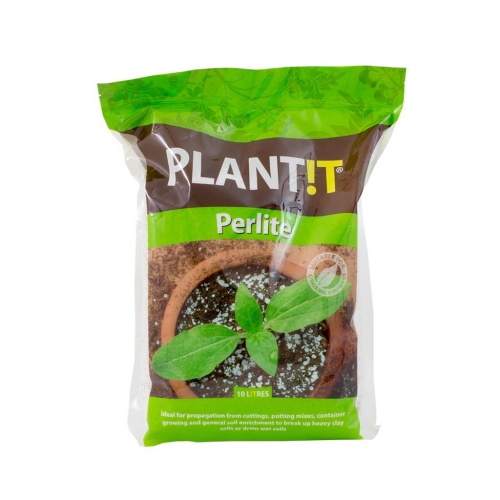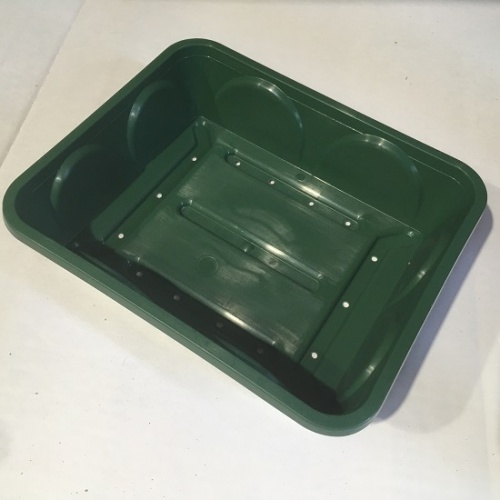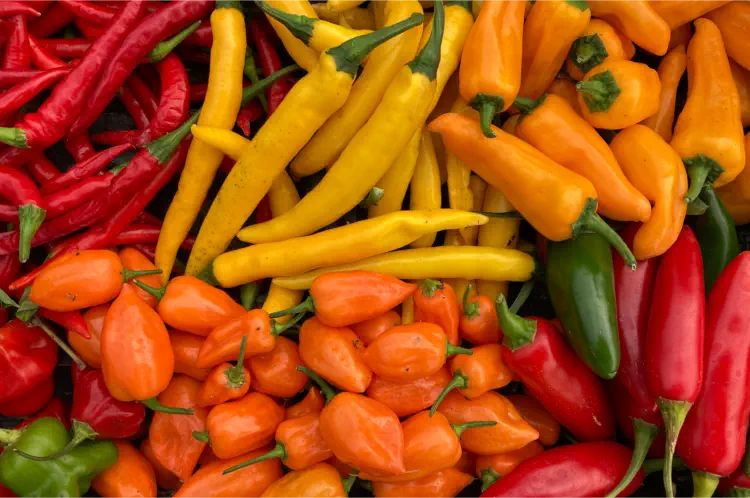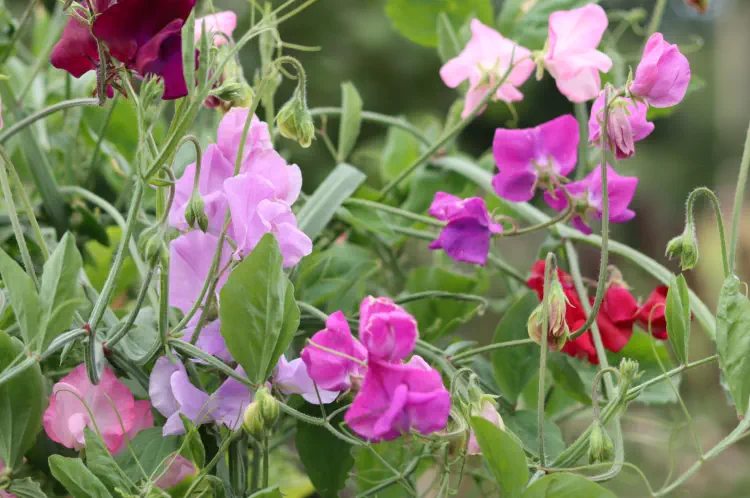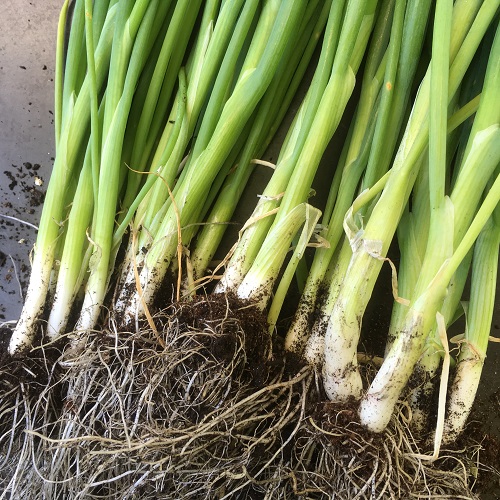Using perlite in compost will improve aeration and drainage and your plants will grow stronger and healthier. In this post we will explain why adding perlite to your compost is beneficial and how to do it.
Quick Facts
Perlite improves drainage, aeration and moisture retention in compost for healthier root growth and less root rot.
Mix perlite with compost in the right ratios - 50:50 for seed trays - for better plant health and faster seed germination.
Perlite is light, inert and safe for plants so it’s a great addition to many gardening uses without compromising soil.
What is Perlite
Perlite is a naturally occurring, silica based volcanic rock with high moisture content that expands dramatically when heated. This unique property – expanding its volume 4 to 20 times – makes perlite a valuable material in horticulture. When used in potting soils perlite improves drainage and aeration so plant roots don’t sit in waterlogged soil and are well oxygenated.
This airy structure of perlite is great for plants that need good drainage like cacti and succulents. Perlite is also used as a medium for cuttings, potting mixes, as a soil conditioner and to break up heavy clay soils. It retains moisture without becoming waterlogged so it’s perfect for root growth and preventing common plant diseases.
These properties and uses of perlite is the foundation of using it in your compost. Now you can create the perfect environment for your plants to thrive.
Why Use Perlite in Compost
Adding perlite to your compost mix gives you many benefits for healthier and stronger plant growth. Aeration is one of the big advantages. Adding perlite creates an airy environment, essential for root health. This means roots get the oxygen they need for fast and healthy growth and less root rot and other problems.
Perlite improves drainage in compost. Its structure retains moisture without waterlogging, perfect for potting compost and compost piles. This prevents soil compaction and supports root growth and plant growth. The result is a compost mix that supports strong plant growth by maintaining the right moisture and aeration.
Perlite also helps with nutrient uptake. Aeration and drainage makes nutrients more available to plant roots for better overall health and growth through better nutrient absorption. Moisture retention and aeration from perlite also speeds up seed germination and boosts seedling and cutting success.
Adding perlite to your compost mix will give you healthier plants due to better root growth, moisture retention and nutrient availability. Here’s how to mix perlite with compost.
How to Mix Perlite with Compost
Mixing perlite with compost is easy and will improve your compost mix. Add an inch of perlite for every foot of compostables to ensure even distribution and optimal aeration and moisture retention.
Mix well to avoid clumping and to get the most out of perlite in the compost.
Mixing Perlite with Potting Compost
For potting compost mix 1 part perlite with 4 parts potting mix. This will improve aeration and drainage so roots won’t sit too wet. To prepare, place the compressed brick in a large container, add warm water gradually and wait for it to absorb before fluffing with a hand fork.
Cacti and succulents love the drainage perlite gives. They thrive in well draining soil and perlite prevents their roots from sitting in waterlogged soil and root rot. Adding perlite to your potting compost creates an environment for healthy root growth and overall plant health.
Besides the benefits to specific plants, perlite helps with water management by retaining moisture without waterlogging. So plants get the water they need and less overwatering and healthy growth.
Adding Perlite to Seed Tray Compost
In seed trays, perlite is necessary for a moist environment for delicate seedlings. Mixing perlite into seed compost gives you proper aeration and moisture retention for successful germination and healthy seedling growth. A fine layer of perlite can also cover seeds so light can get in and keep them moist.
For seed trays, 50:50 perlite and compost is the ratio. This will give you an airy environment for healthy root growth and increase chances of successful germination by sowing seeds. Perlite gives you the right balance of moisture and aeration for seedlings to develop strong and robust roots.
Perlite in seed trays also increases cutting success. Its water retention supports the delicate roots of cuttings and increases their chances of growing into healthy plants. So perlite is a good addition to your seed tray compost mix.
Using Perlite in Compost Piles
Perlite improves the overall compost pile by improving moisture retention and lightening the peat free compost and creating a healthy soil structure. This is especially useful in larger compost piles where maintaining moisture and aeration can be difficult.
Perlite in compost has no downsides; it remains inert in the soil and doesn’t break down over time and will continue to give its benefits after incorporation. Adding perlite to compost piles will also reduce the frequency of turning for aeration and make the composting process more efficient.
Perlite in your compost piles creates a healthier and more efficient composting environment. Whether composting kitchen scraps, garden waste or other organic materials, perlite will improve compost quality and healthy plant growth.
Perlite vs. Vermiculite
Both perlite and vermiculite are naturally occurring minerals used in horticulture, but they are different:
Vermiculite retains moisture, good for plants that need consistent water.
It’s soft and expands when heated and looks spongy.
But vermiculite is heavier than perlite.
Perlite, on the other hand is lightweight and airy, promotes drainage and aeration in the soil. Its neutral pH doesn’t change the acidity or alkalinity of the soil so it’s good for a wide range of plants. For plants that prefer dryer conditions like cacti and succulents, perlite is the choice because it prevents soil compaction and allows better root development.
Knowing the difference between perlite and vermiculite will help you choose the right one for your gardening needs. Whether you need better moisture retention or improved aeration and drainage, choosing the right amendment will make a big difference in your plant’s health and vitality.
Safety Tips When Using Perlite
When handling perlite take safety precautions to minimize dust exposure. To avoid inhaling dust, dampen the perlite with water before use. Pour a couple of liters of water into the bag, seal it, shake and let it soak for about 15 minutes.
Perlite is an inert and sterile substance, free from pathogens and pests, safe for plants and humans. It’s free from disease and viruses and has no known toxic effects on plants or humans.
Follow these safety tips and using perlite in your gardening will be safe and effective.
Conclusion
Adding perlite to your compost mix will change your gardening experience and give you healthier, more vibrant plants. From knowing what perlite is and its benefits to knowing how to mix it with compost, this guide has given you the knowledge to improve your gardening. Follow the tips and recommendations above and you’ll have the perfect environment for your plants and enjoy the fruits of your labor.
FAQs
What is Perlite?
- Perlite is a volcanic glass that expands when heated, good for aeration and drainage in gardening. High moisture content is good for plant growth.
How does Perlite prevent problems in young plants?
- Perlite promotes aeration and drainage, healthy root growth and prevents rot and damping off in young plants. Add it to your planting mix for best plant health.
What are the uses of Perlite in horticulture?
- Perlite is used in horticulture for propagation of cuttings, improving potting mixes, conditioning soil and breaking up heavy clay soils. Its lightweight nature improves drainage and aeration so good for healthy plant growth.
Is Perlite safe for plants and humans?
- Perlite is safe for plants and humans, it’s free from disease and toxins. You can use it without any health or safety concerns.
What is the recommended ratio of perlite to compost?
- One part perlite to four parts compost is the recommended ratio for effective aeration and drainage for your plants.



